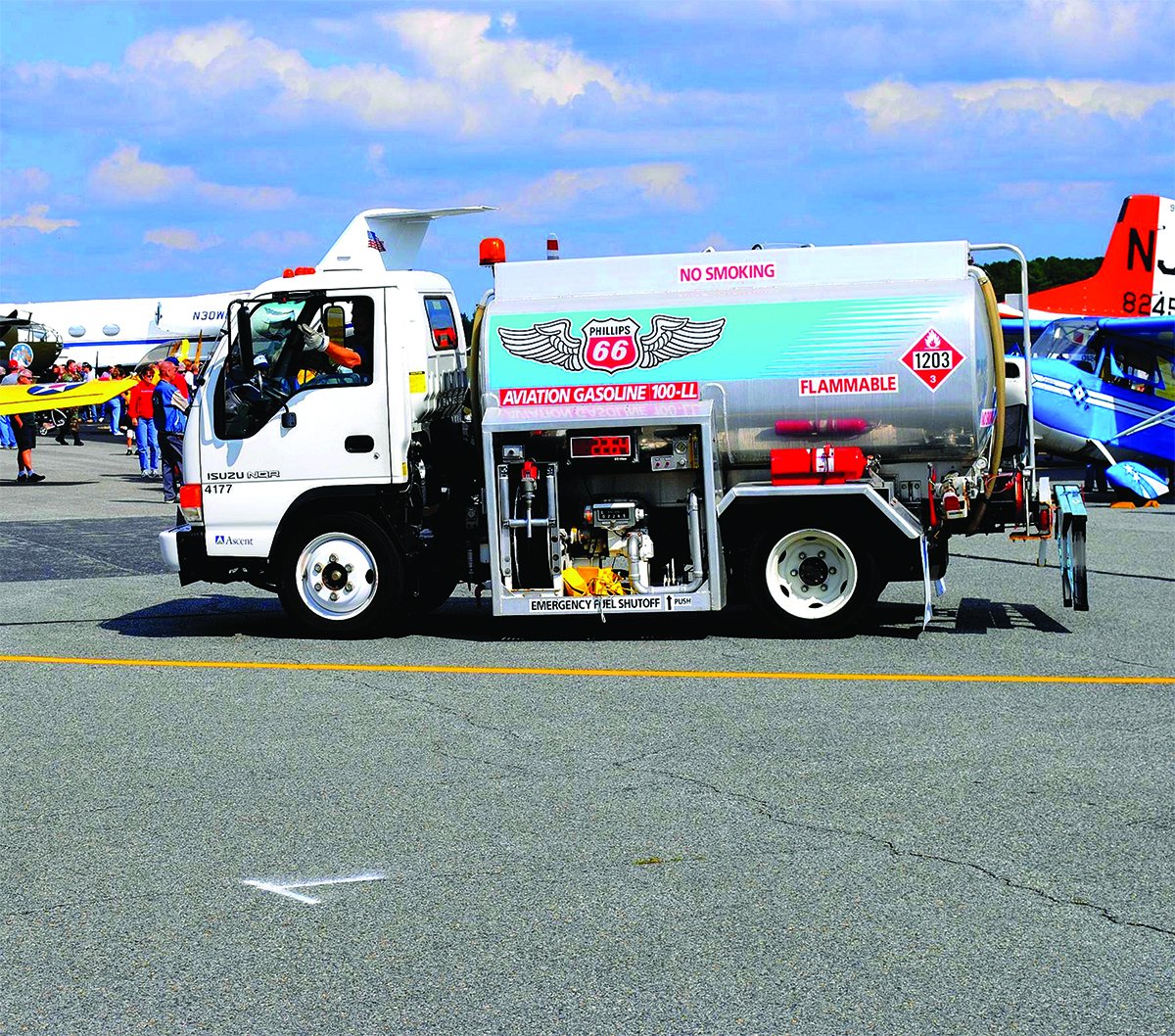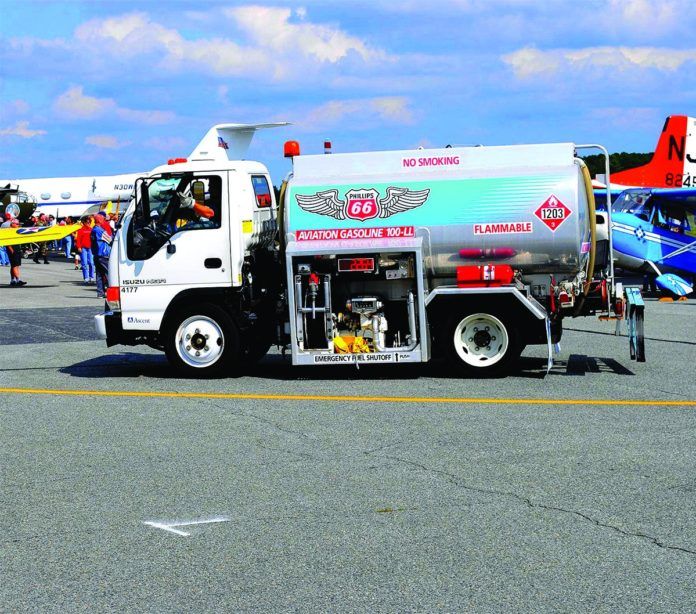For my 11th training flight, I arrived ready but my instructor was talking with someone. He told me to preflight the Cessna 152, and he would be right out. I completed the preflight and hopped aboard, strapping myself into the left seat. A few minutes later, my instructor got in, asking if I had any questions.
“Just one,” I said. “I can see fuel in both tanks, but I don’t know how much is there.” He reached past me to turn on the master switch and the gauges both settled on about tank. He said, “We’ve got enough, let’s go.”
I started the engine, got clearance and taxied to the active. After the run-up, we departed San Carlos, Calif., and crossed the seven miles of the San Francisco Bay, turning right along the coast after feet-dry, to a non-towered grass strip for a few touch-and-goes.
Climbing out after the third, he said, “Let’s go home.” I maintained the climb toward the usual altitude, but he pushed to yoke forward early and said, “Hold it here.” And I did. As we approached cruise speed, I retarded the throttle, but he pushed it forward and said, “Leave it full.” I said nothing.
As we reached the reporting point, he called the tower to tell them we were inbound and I turned west over the bay directly below the final approach to SFO. We were about halfway across the bay when the engine started to sputter. The instructor took control and declared an emergency, responding “No” to the offer of crash trucks. He played with the throttle and mixture controls while I sat back and relaxed with my arms folded, thinking about emergency procedures for a water landing. I tightened my belts and waited to crack open the door before impact should it come to that.
With the engine still running and sputtering, we were getting closer to the airport. With about 10.5 hours of dual under my belt, I was not frightened for some reason, assuming we would disembark and swim if it came to ditching.
As the shoreline continued to get closer, it looked like we might make it. At the moment of feet dry, he said, “You got it, land the plane.” This required a sharp right bank to get aligned, but we had enough altitude to make it. On rollout, the engine was again running smoothly, and I taxied to parking and shut down, attaching the tiedowns and recording the numbers. He left for the tower to answer for the emergency, while I called for the fuel truck, as we were the last flight of the day.
From inside the terminal, I watched the fueling until he was finished. I asked him how much fuel he pumped. He said, “25.4 gallons.” The 152 holds 26 gallons, 24.5 usable.
I learned that without dipsticks to verify fuel quantity, if the tanks are not full by visual inspection, I always top them off before flight.






Please what’s the tank capacity
What’s the cost of the truck (brand new)